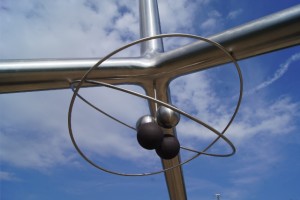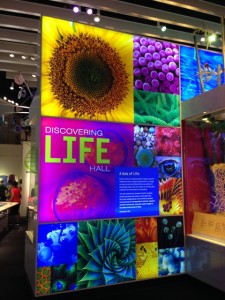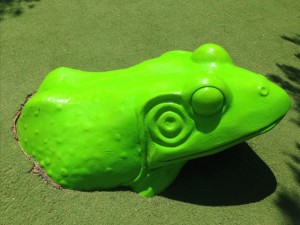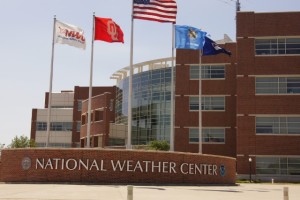Cadillac Ranch – things don’t get much quirkier than a farmer’s field with 10 car butts sticking in the air.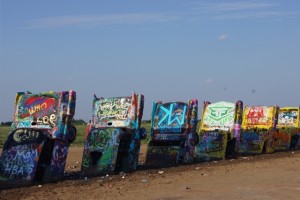
Cadillac Ranch History
Well into its middle age, the 40 year-old art installation has morphed from avant-garde oddity to iconic roadside attraction. Ant Farm, the trio of Chip Lord, Doug Michels, and Hudson Marquez, created their strange art installation by burying Cadillac at an angle corresponding to that of the Great Pyramid of Giza. The cars look like an unfinished picket fence.
What inspired Ant Farm? The description for the “Cadillac Ranch 1974-1994” video suggests the art installation represents, “….comically subversive homage to the rise and fall of the tail-fin as an icon of postwar American consumer excess.”
Stanley Marsh 3, the wealthy patron who shelled out the cash for Cadillac Ranch, said in an Amarillo Globe News interview that the Cadillac symbolized a time, “…when we all thought we could hit the road, get a blonde, break the bank in Las Vegas, and be a movie star.”
Whether meant to be provocative or just fun, Cadillac Ranch continues to draw thousands each year.
Public Art Installation
Today’s Cadillac Ranch looks very different from the 1974 Ant Farm installation. To start with, Cadillac Ranch is at an entirely different location. It’s still in a farmer’s field, just two miles away from its original site. The installation had to be moved in 1997 as west Amarillo grew and developed.
Forty years of weathering has not been kind to the Cadillac. Bits of Cadillac (like a trunk lid) are missing from some cars. And, oh my, the colors. Each Cadillac benefits from hundreds of graffiti artists who pay homage to the site. The layers of paint look like a crazy sort of bondo on the autos. In fact, some cars likely have more paint than metal left.
Oddly, I found the effect of so many colors and graffiti artists enhances Cadillac Ranch’s appearance. The stunningly bright colors against the azure blue skyline makes for stunning photographs. Trash left behind by the installation’s visitors is the only detractor of this odd art piece.
When you go.
You can access Cadillac Ranch off Interstate 40 in Amarillo. Take the south frontage road between exits 60 and 62A. There are ample places to park on the road apron. Entry is through a metal fence. Bring spray paint (the brighter the colors, the better) if you want to try your hand at a little graffiti art. There are often half-used cans of paint also available. If you visit, please pick up and dispose of your trash.

